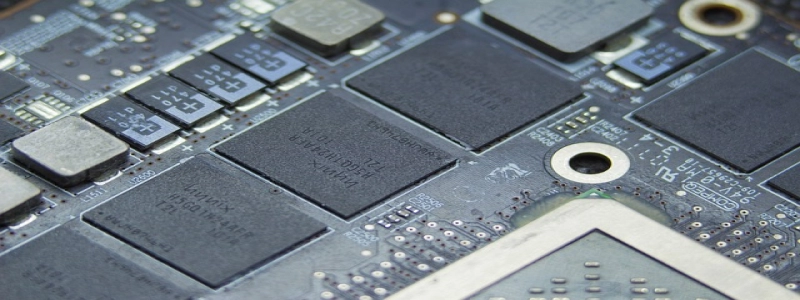Ethernet to CAN Gateway
Introduction:
In the world of Internet of Things (IoT) and industrial automation, there is often a need to bridge the gap between different communication protocols. One popular gateway solution is the Ethernet to CAN gateway, which allows seamless integration between Ethernet networks and CAN (Controller Area Network) buses. This article will provide a detailed explanation of what an Ethernet to CAN gateway is and how it functions.
I. What is an Ethernet to CAN Gateway?
An Ethernet to CAN gateway is a device that acts as a bridge between Ethernet networks and CAN buses. It allows messages to be exchanged between devices on an Ethernet network and CAN nodes on a bus. The gateway translates the protocols used in each network, ensuring smooth communication between the two.
II. How does it work?
The Ethernet to CAN gateway consists of hardware and firmware components. The hardware component includes Ethernet and CAN interfaces, which provide the physical connectivity. The firmware handles the translation of messages between Ethernet and CAN protocols.
When a device on the Ethernet network wants to communicate with a CAN node, it sends a message over the Ethernet interface. The Ethernet to CAN gateway receives the message and translates it into a CAN message compatible with the CAN protocol. This message is then transmitted over the CAN bus to the desired CAN node. Similarly, when a CAN node sends a message, the gateway receives it over the CAN bus, translates it into an Ethernet-compatible message, and forwards it to the respective device on the Ethernet network.
III. Advantages of an Ethernet to CAN Gateway:
1. Protocol translation: The gateway allows devices using different communication protocols to communicate with each other seamlessly. This enables integration between Ethernet networks and CAN buses, expanding the connectivity options for IoT and automation systems.
2. Increased flexibility: The Ethernet to CAN gateway can be easily integrated into existing systems without the need for major modifications. It can connect multiple CAN nodes to an Ethernet network, simplifying the overall network architecture.
3. Real-time performance: CAN networks are known for their real-time capabilities, which are critical in applications such as automotive and industrial control. The Ethernet to CAN gateway ensures that real-time properties are maintained during the translation process, ensuring reliable communication between Ethernet and CAN devices.
IV. Applications:
Ethernet to CAN gateways can be used in various industries and applications, including:
– Automotive: Connecting Ethernet-based infotainment systems with CAN-based vehicle networks.
– Industrial automation: Integrating Ethernet-based control systems with CAN-based sensors and actuators.
– Building automation: Bridging the gap between Ethernet-based building management systems and CAN-based HVAC systems.
Conclusion:
In today’s interconnected world, the Ethernet to CAN gateway plays a vital role in enabling communication between different networks. Its ability to seamlessly translate protocols and maintain real-time performance makes it a valuable tool in industries such as automotive, industrial automation, and building automation. With the increasing adoption of IoT and automation technologies, Ethernet to CAN gateways will continue to play a crucial role in integrating diverse communication protocols.







